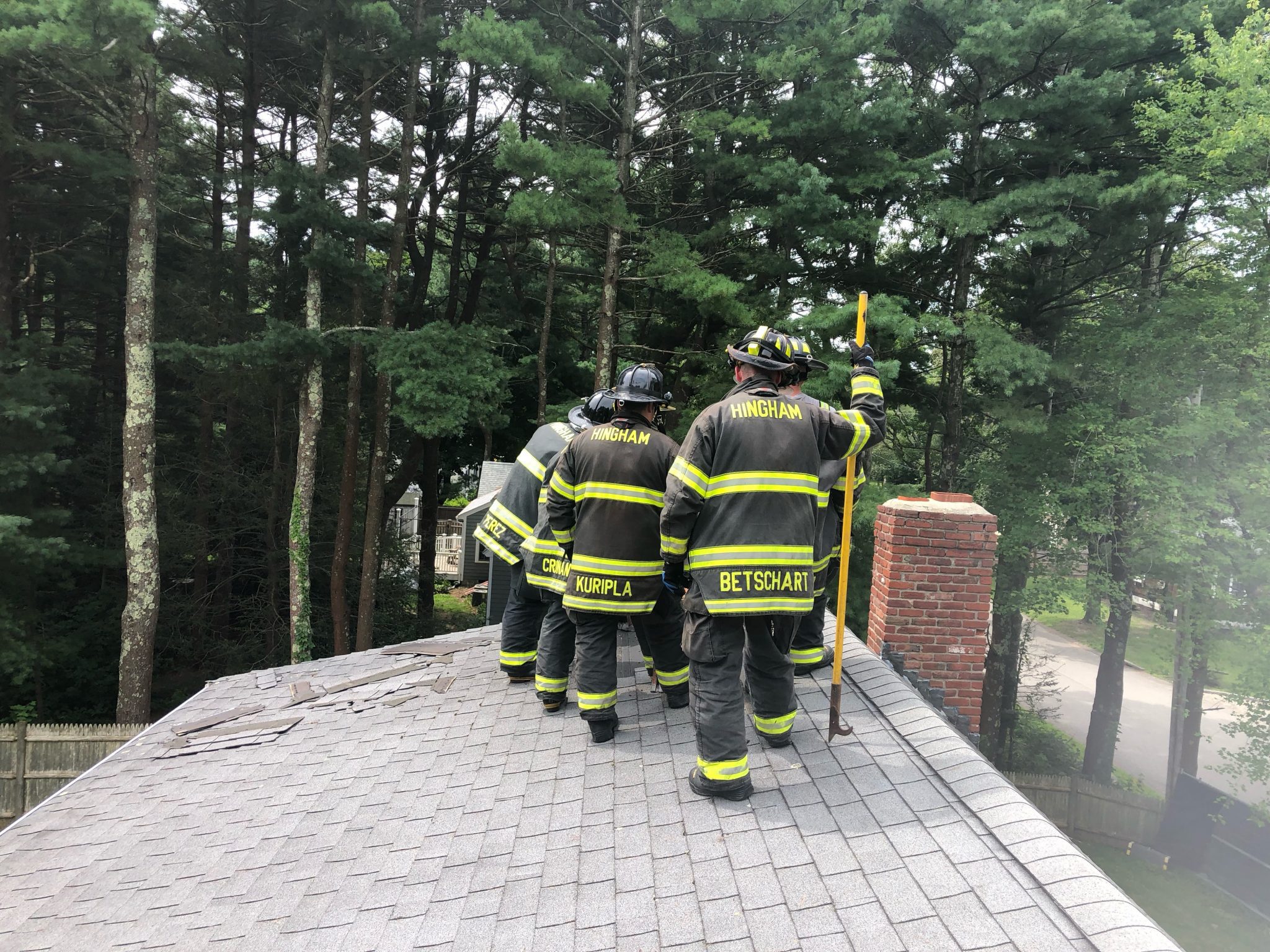
August 18, 2021 by Carol Britton Meyer
Photos by Colby Wilcox
The next time you see smoke pouring out of the window of a house or a firefighter climbing a chimney or advancing a length of hose, it may or may not be the real thing.
That's because the Hingham Fire Department uses houses slated for demolition for training exercises when they are available and as long as they are not too close to abutting properties.
The Building Department is required to approve all demolition permits and keeps the HFD up-to-date when such permits are issued. "Then we contact the property owner -- whoever pulled the permit, whether a homeowner, contractor, or a trust -- to ask them if we can use their property for training," HFD Deputy Chief David Levenson told the Hingham Anchor. "Most of the time the answer is 'yes.'"
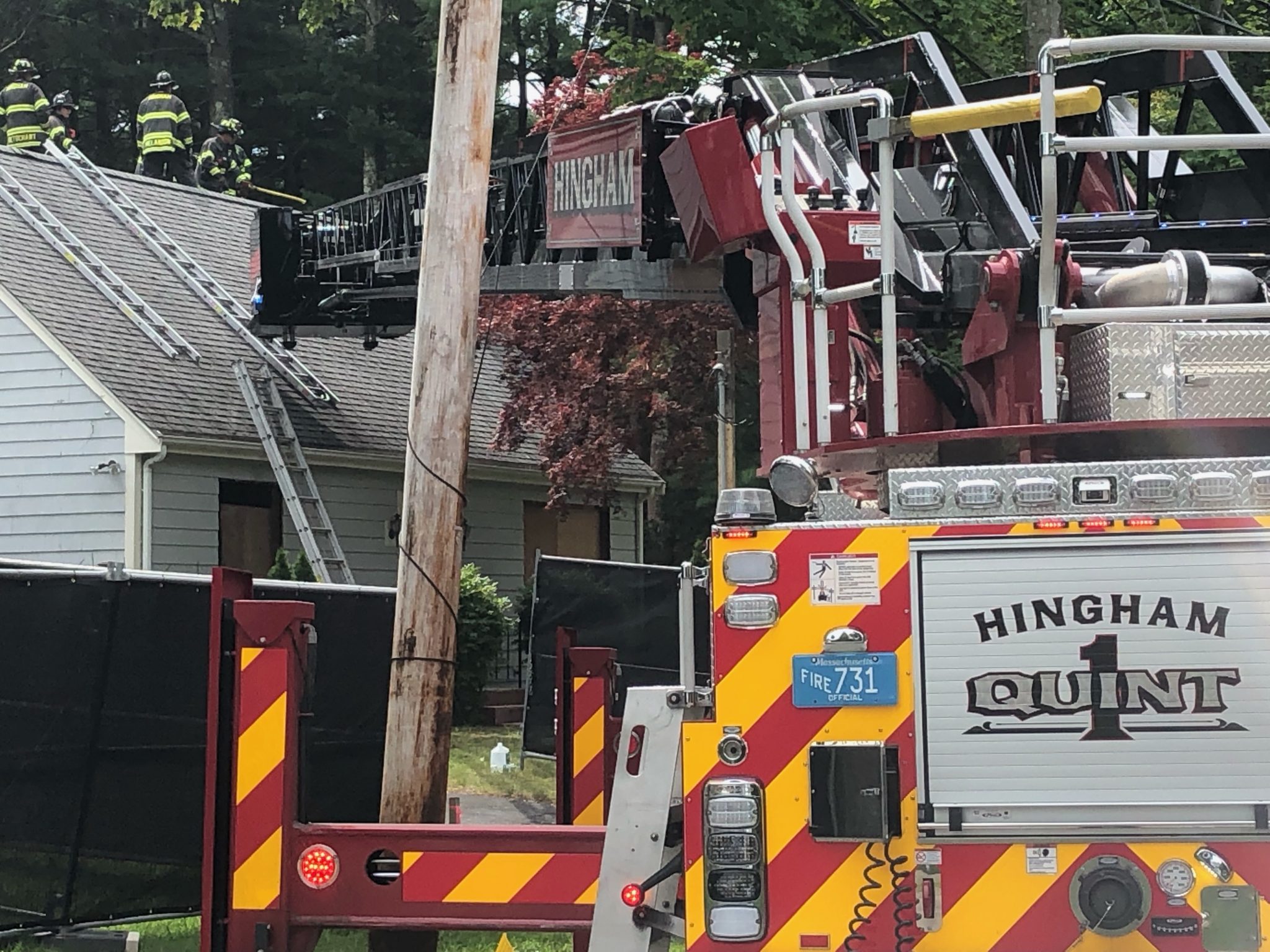
The buildings are prepped to ensure they are safe for the firefighters to enter after the property owner has had the electricity, water, and gas services turned off and that surrounding properties are protected. Neighbors are also notified of what's going on. The entire training plan is laid out by the deputy chief ahead of time.
"Using buildings slated for demolition saves the HFD money, because we don't have to go off-site," Levenson said. An added benefit is the ability to participate in training exercises in a real-life setting.
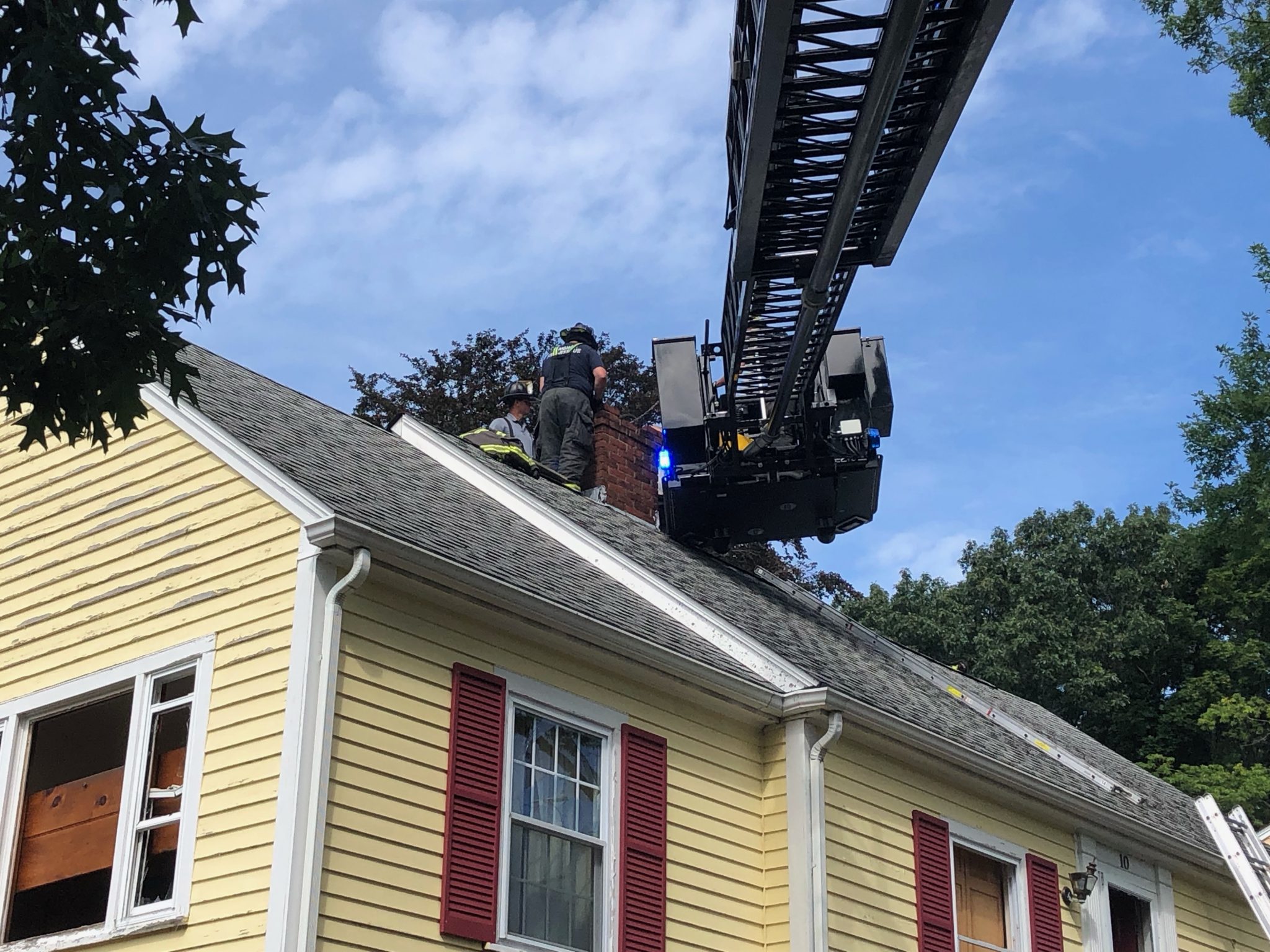
Training at a specific property could last from a day to a week and normally involves from two to seven firefighters, ensuring that ample personnel are available to respond to calls for service and depending on the call volume on a particular day.
"That's our priority," Levenson said. If more firefighters are needed to respond to a particular incident, the exercise ends so that the in-training personnel are available to assist. "Everything stops if there's a need."
Locations where training has occurred in the past include Linden Road, Howe Street, Hope Road, and Newbridge Street.
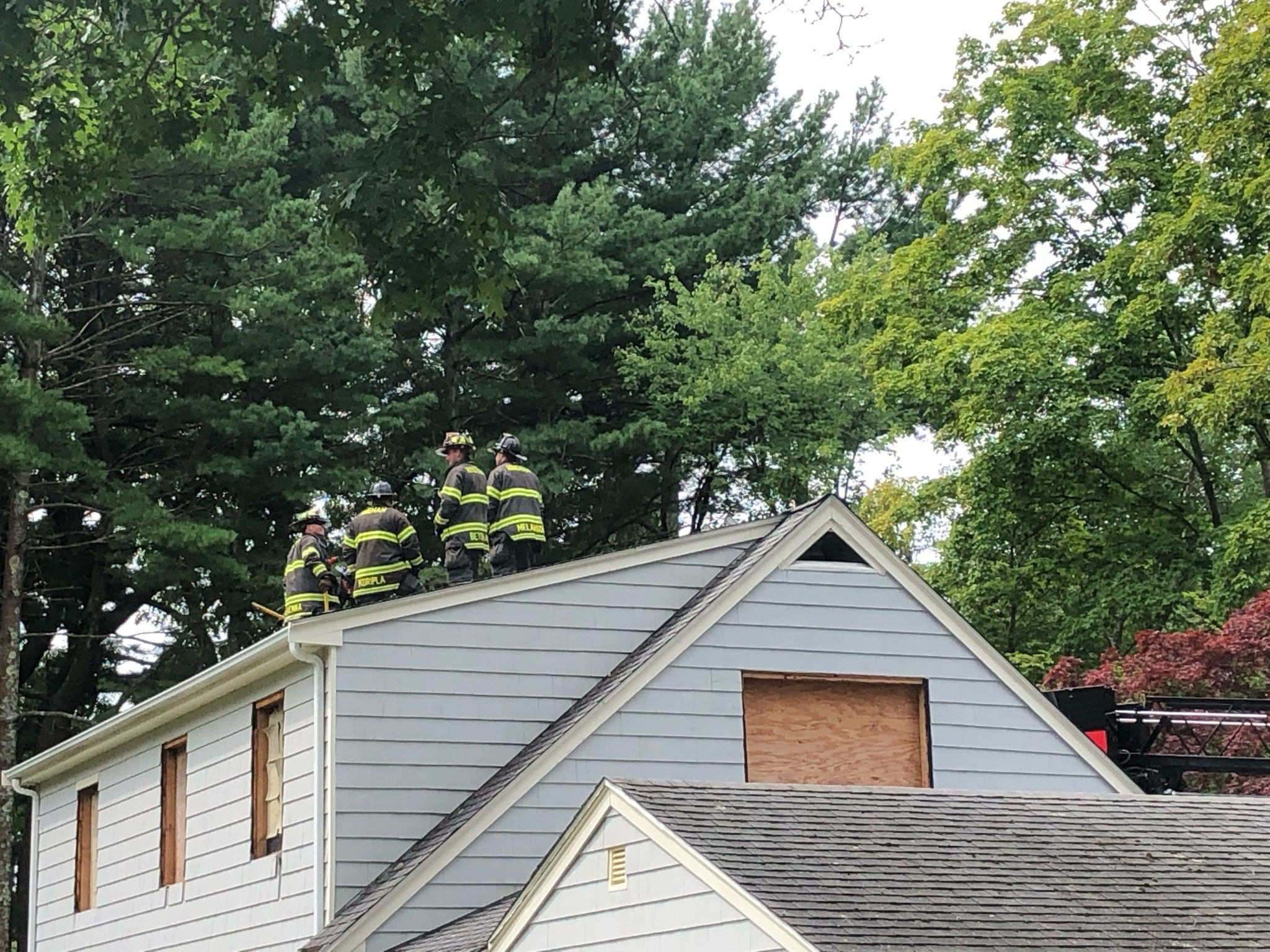
One part of the training involves using a smoke machine to fill the building with smoke. Exercises include venting a house, breaking a window to enter, and cutting holes in a roof for personnel on a ladder truck to search for "victims" -- in this case a dummy. No fires are set during the training.
The firefighters are responsible for cleaning up when they are finished -- from broken class to other debris -- and for securing the building before they leave.
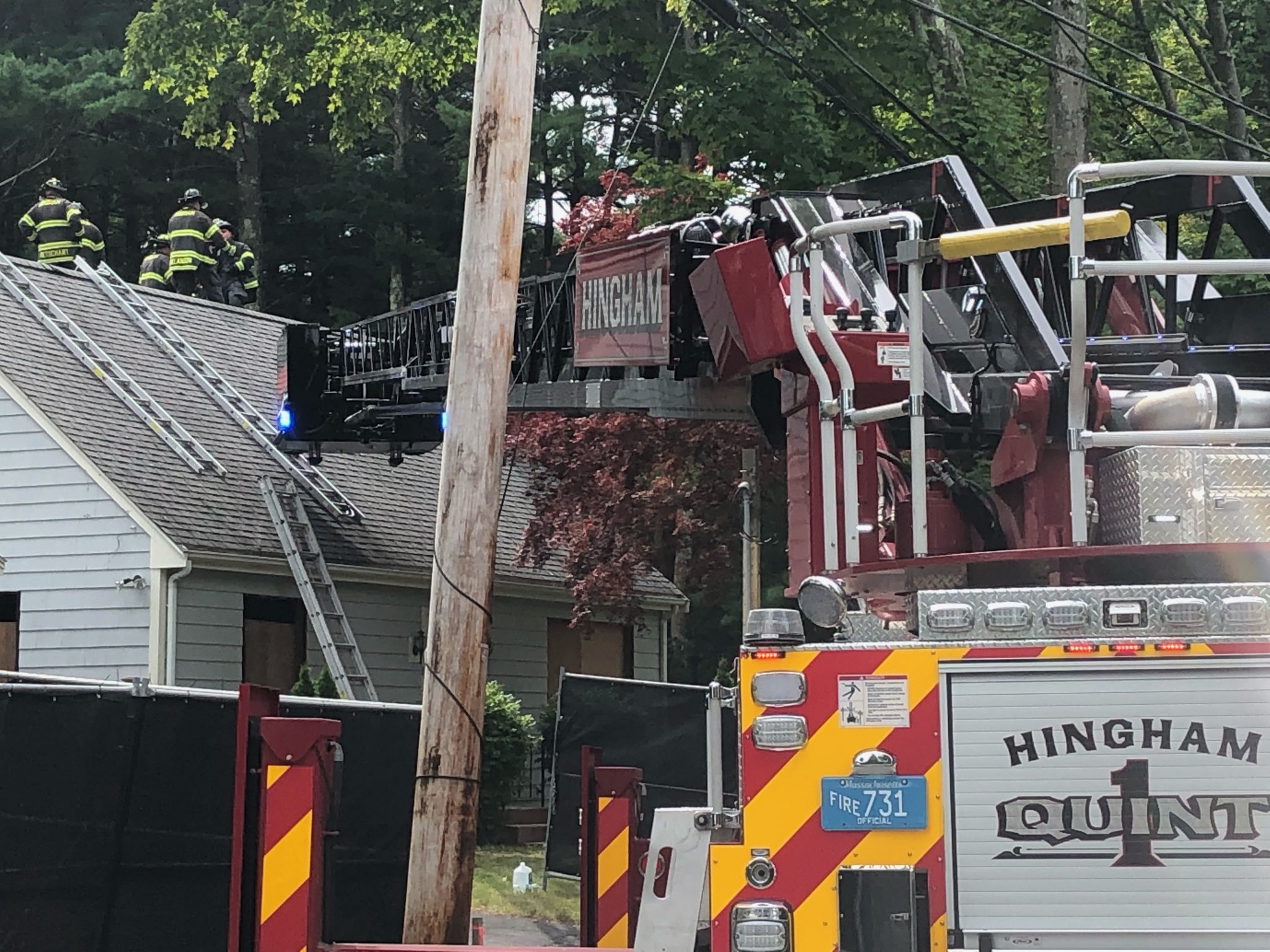
"We always try to find the best and safest places to do our training," Levenson said.
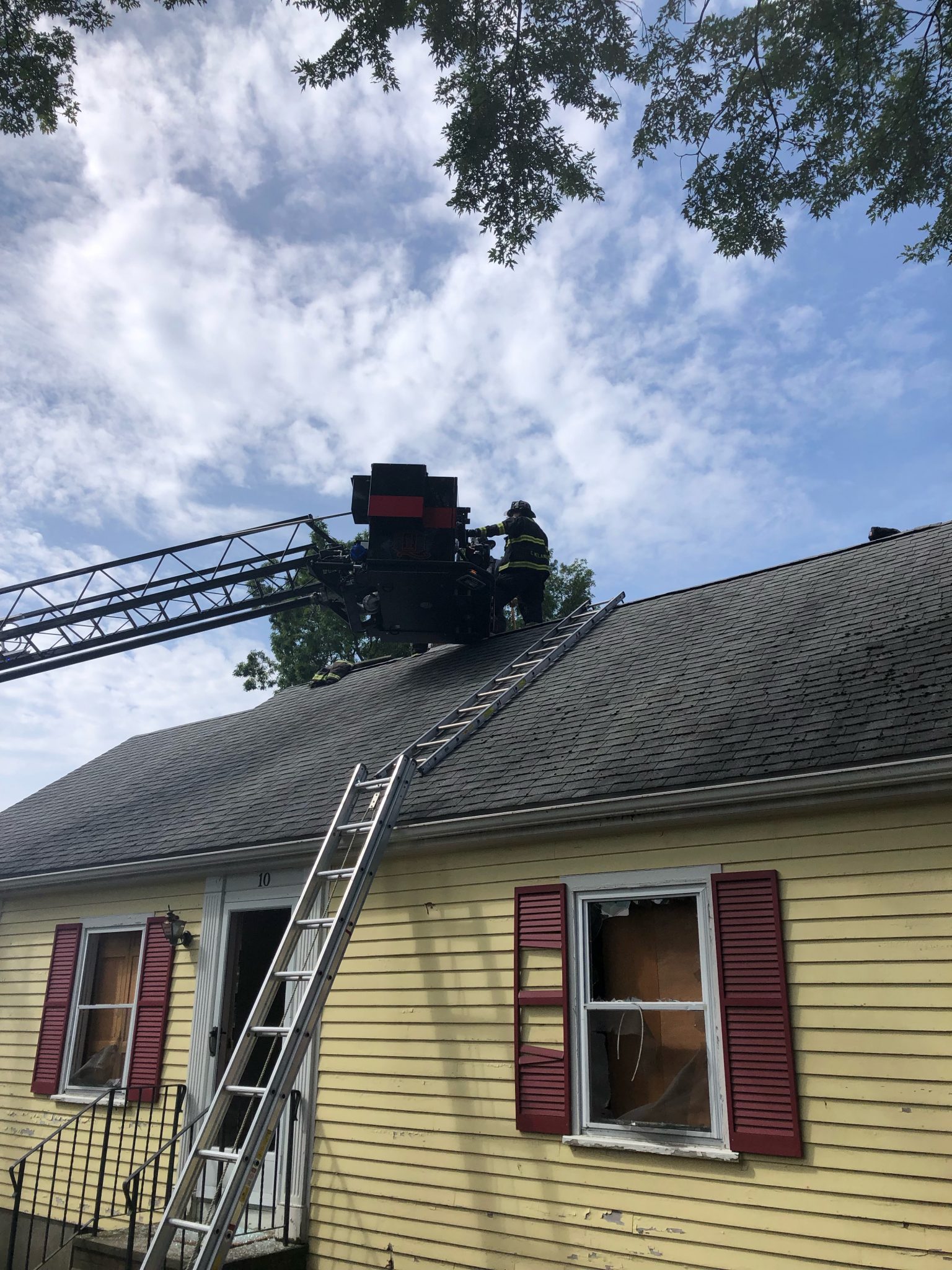


Great information on our first responders and their training. They are true professionals!